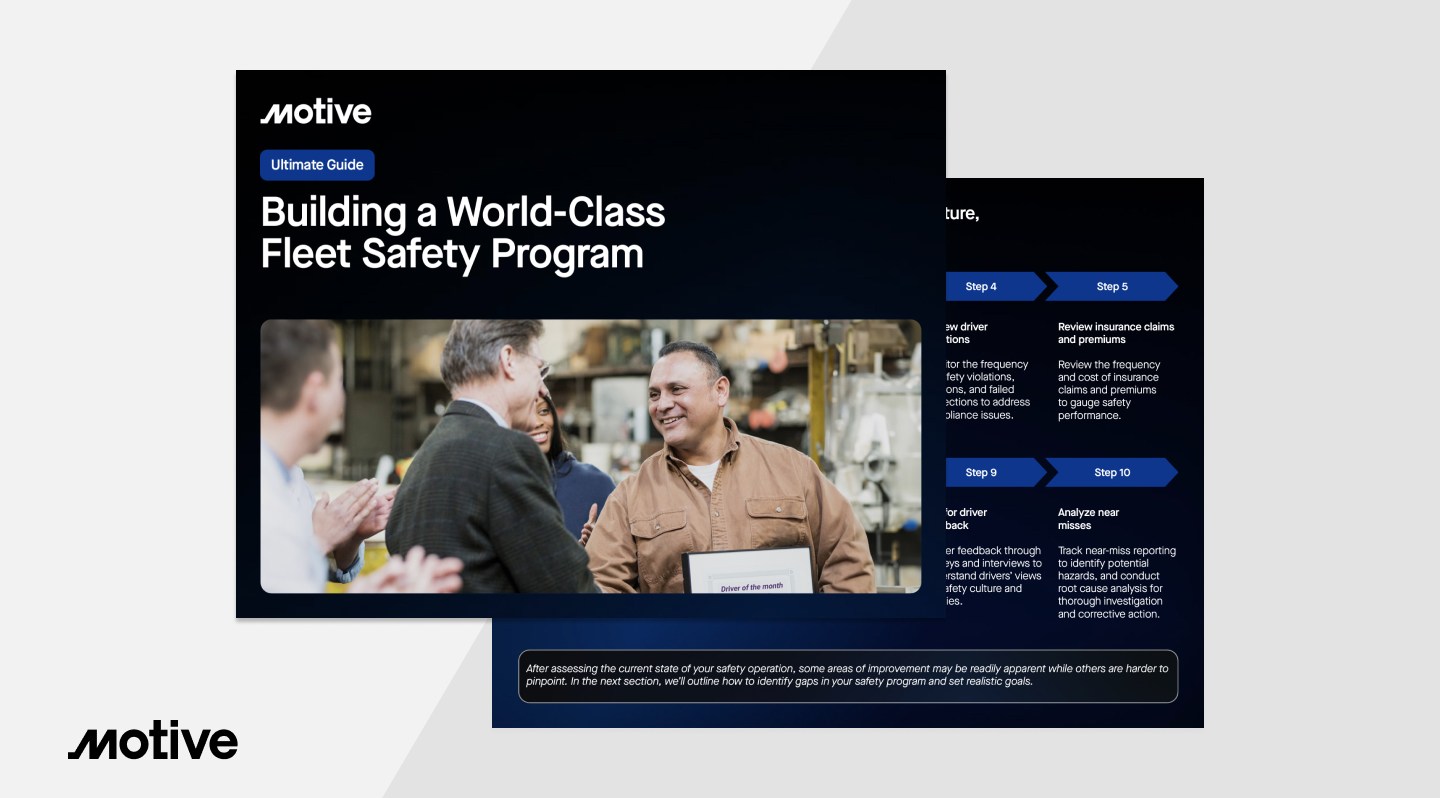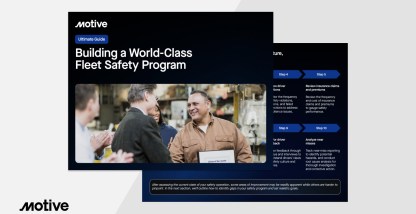According to the National Safety Council, 44,450 people died in motor vehicle crashes in 2023, a 4% decline. It marks the second consecutive year road deaths have fallen for the general public. But not for commercial workers. For them, roads are getting more dangerous, not less so.
Commercial transportation incidents account for nearly 40% of all worker deaths, and fatal crashes are up 18%. Despite these risks, Motive’s State of Safety Report shows that 40% of physical economy leaders are underinvested in safety technology, believing improving safety is too big an expense.
But costs add up faster in the absence of a fleet safety program. The typical fleet has a 20% yearly accident rate, and according to the National Safety Council, a fatal accident costs an average of $1.7 million when you factor in property damage, settlements, and legal fees. The larger the vehicle, the higher the costs. According to the FMCSA, the financial impact of a fatal collision involving a large commercial vehicle can be as high as $7 million per incident.
Reducing accidents is the key to reducing costs
As accidents increase, fleet insurance costs and nuclear verdicts often rise. The mean payment size in smaller verdicts and settlements hovers around $427,000. When a fatality takes place or drivers have a history of unsafe driving, the average payout is substantially higher — $600,000 or more. Meanwhile, premium costs per mile have risen 47% in the last decade. The cost of doing business, and defending your business when accidents happen, is going up.
By investing in fleet safety programs, businesses save in the long run. The State of Safety Report shows that:
- 52% of large fleets saved over $10,000 after implementing a safety program.
- 20% saved over $100,000.
- 44% of organizations saved on insurance costs.
- 57% reduced unsafe driving through an AI-powered safety solution.
With lives and livelihoods on the line, now is the time to become a world-class safety organization, and Motive’s Ultimate Guide to Building a World-Class Safety Program can help. Our step-by-step guide puts you on the path to world-class performance, with fewer accidents, safer drivers, and lower costs. In this guide, you’ll learn:
- How to lay the groundwork for a strong safety culture
- Best practices to help you evaluate and adopt the right safety technologies for your organization
- How to launch a trial program with a safety vendor and ensure accurate results
- And a detailed walkthrough on how to build a world-class program from the ground up
Safety isn’t just a nice-to-have, it’s a must-have. Ready to take your safety program to the next level, reduce accidents, lower costs, and better protect drivers? Download the guide today.










